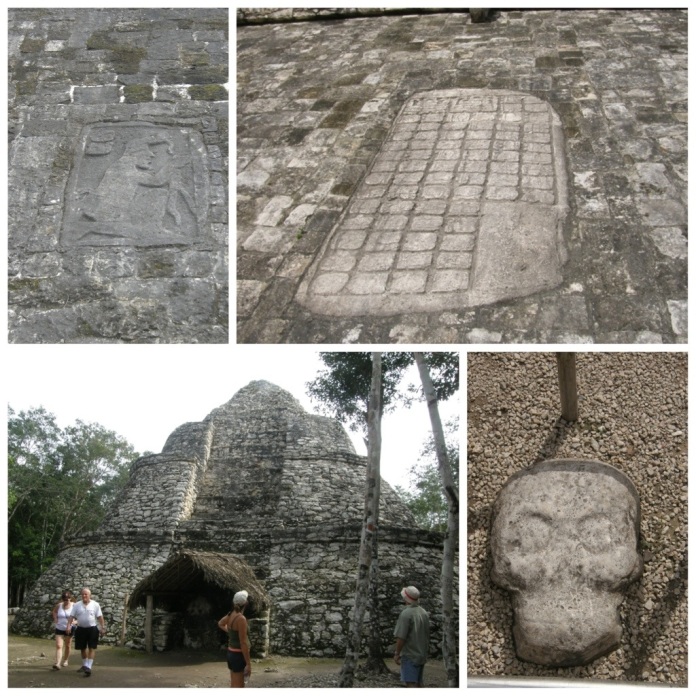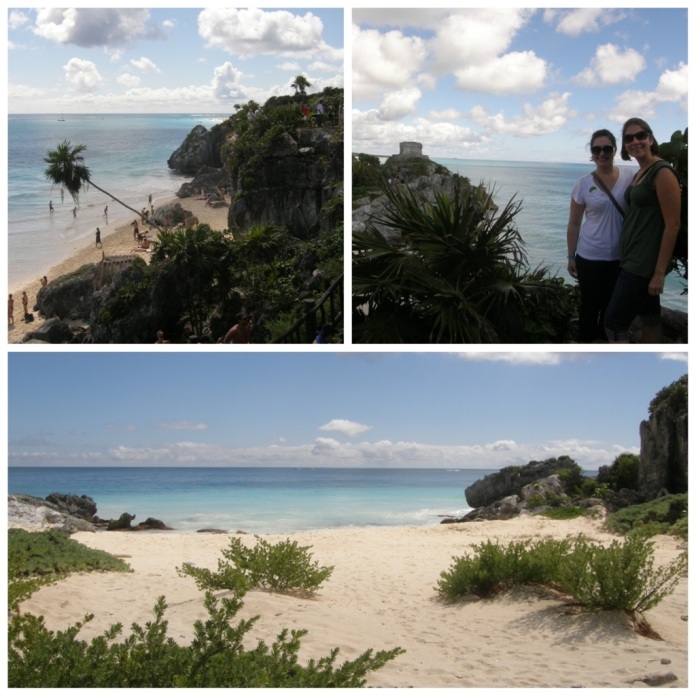It is not the end of the world. It is just the end of the 5,125 year cycle of the Mayan Long Count Calendar. However, not everyone is convinced that the world is still not going to end. Efforts to synchronize the Mayan calendar with our calendar could be off by a couple of days. Therefore, some people think we might not be in the clear until Sunday.
Whether you believe we are headed for Dooms Day or not, I thought today would be an appropriate time to post about my trips to two different Mayan ruin sites.
In December 2011, Rob and I were enjoying an Exotic Western Caribbean cruise. While in port in Cozumel we booked an excursion to visit Coba (which required a sickening ferry ride to the mainland). Coba dates back to about 600 AD. It was believed to have supported about 50,000 inhabitants, but was abandoned for unknown reasons. Coba was never discovered by the Spanish and remained hidden in the jungle until it was rediscovered in the 1890s. Most of the structures are considered to be in pristine condition.
The largest structure in Coba is Nohoch Mul, which means “big mound.” This Mayan pyramid is 138 feet high and may be climbed by visitors. The climb up wasn’t too difficult, but it was strenuous enough. The view of the Yucatan jungle from above made it all worth it.
In February 2012, Heather and I were enjoying a relaxing beach vacation in Mexico. We decided to take a quick day tour to visit the Mayan ruins of Tulum. Tulum is nowhere near as old as Coba, as it wasn’t built until the late 13th century. Tulum was a seaport and it was the only Mayan city built on a coast. It is home to its own beautiful beach where visitors are welcome to take a refreshing dip in the sea.
Tulum was one of the few Mayan cities protected by a wall. There are different theories about why Tulum was fortified, but there is little doubt about their desire to protect the seaport. Unlike Coba, Tulum had only 600 inhabitants inside its walls. So some people believe the walls were there to keep invaders from overtaking such a small population. Others believed that only priests and nobility lived within Tulum, therefore the walls could have been there to keep out the peasants.
Enjoy these pictures until Sunday when we will find out if the world truly will come to an end!





